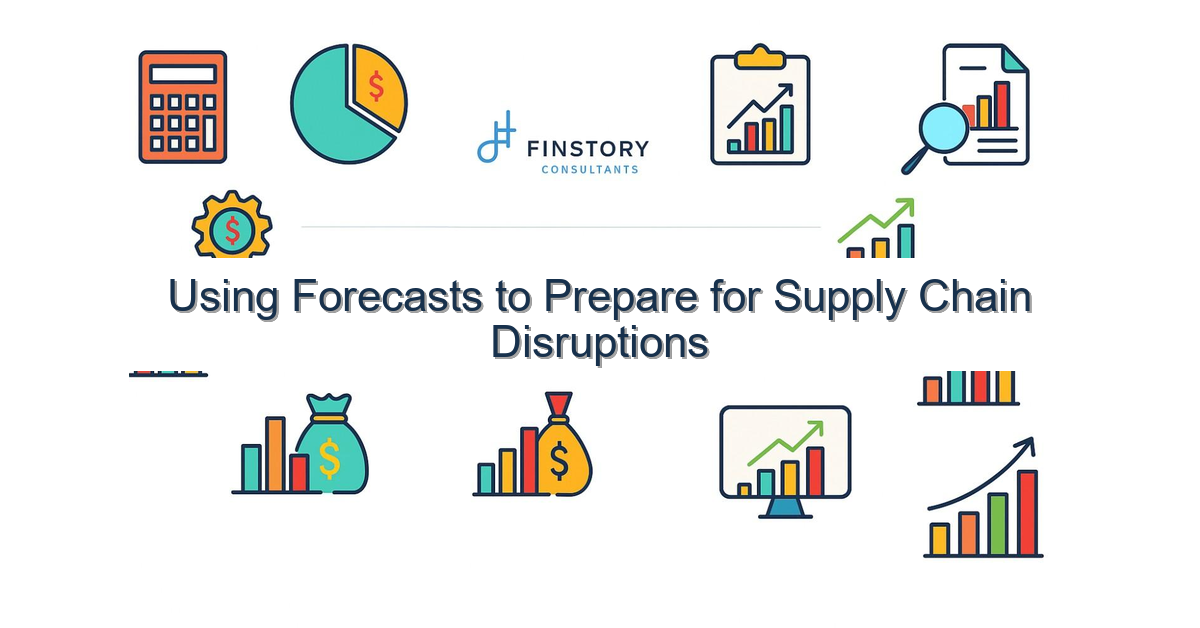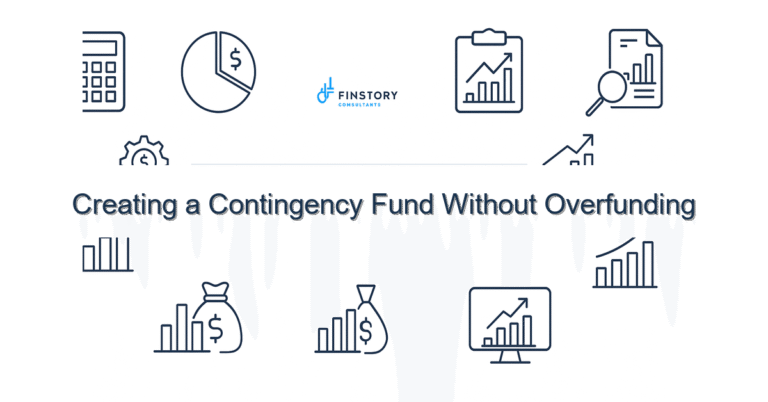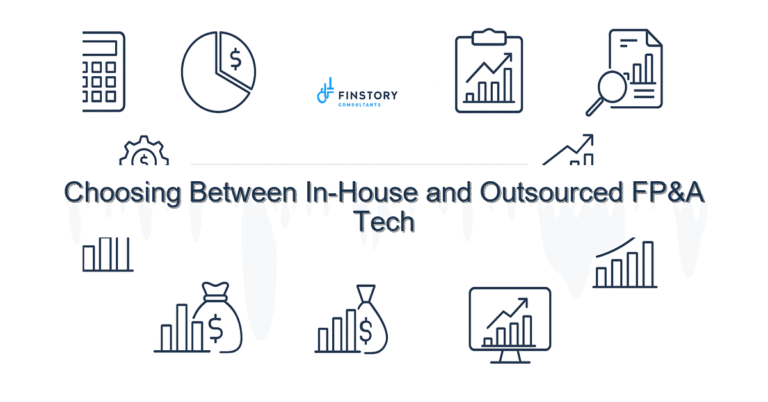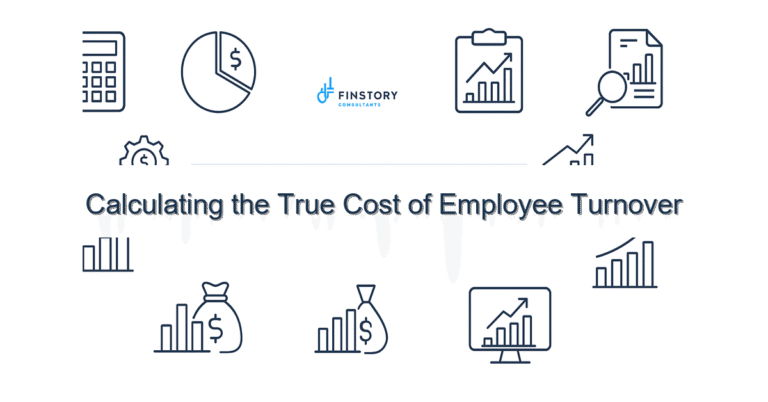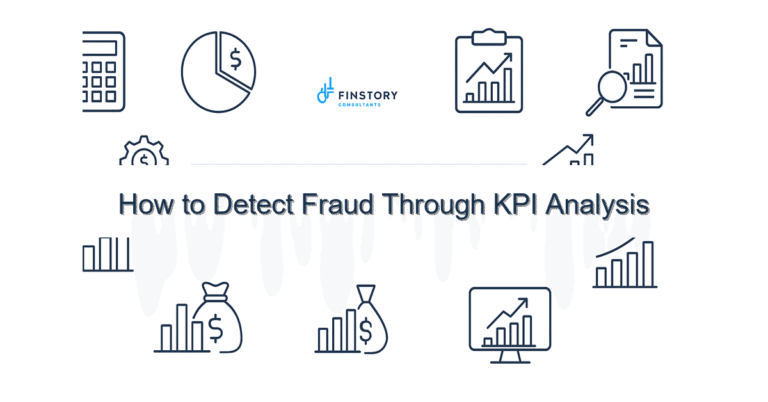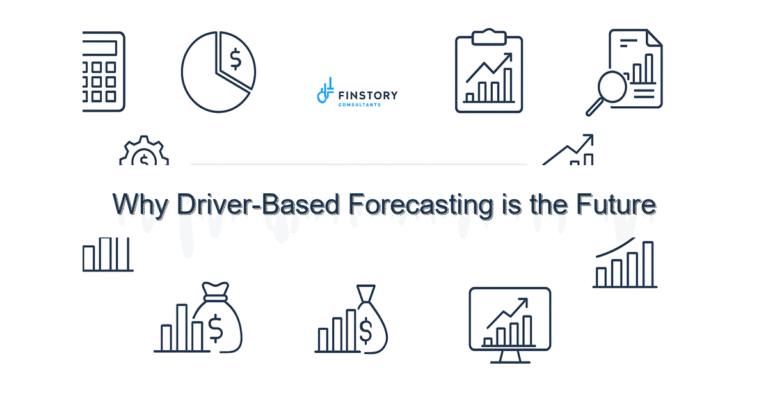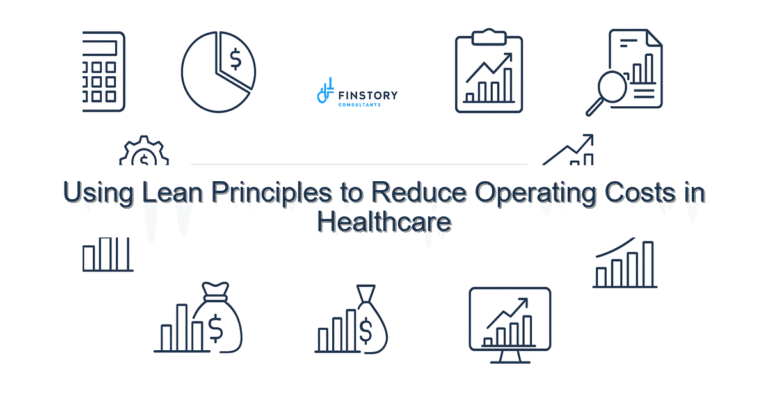Using Forecasts to Prepare for Supply Chain Disruptions
You know the feeling: a single supplier delay suddenly eats into your inventory and your budget, and everyone in the leadership team is on back-to-back crisis calls. Forecasting isn’t meant to be a theory — it should be the tool that prevents those calls in the first place.
Summary: Use demand and supply forecasts to make clear, actionable decisions: prioritize critical items, set buffer rules by risk, and align finance and operations to avoid stockouts, unexpected costs, and governance headaches.
What’s the real problem?
Healthcare supply chains operate in a high-stakes, low-margin world. Small errors in inventory or procurement ripple quickly into patient care and financial results. Forecasts are often siloed in operations or finance and treated as optimistic guesses rather than decision-grade inputs.
- Symptoms: recurring stockouts of key disposables despite overall inventory levels that look healthy.
- Symptoms: surprise freight premiums and rush orders when lead times slip.
- Symptoms: finance team unable to explain month-to-month cost spikes tied to procurement actions.
- Symptoms: leadership distrust of forecasts; plans change daily without transparent rationale.
What leaders get wrong
Leaders usually mean well, but three recurring mistakes undermine forecasting efforts:
- Treating forecasts as one-off numbers instead of dynamic decision inputs. A forecast should change policy, not just sit in a slide deck.
- Separating finance and operations forecasts. When procurement, clinical demand, and FP&A don’t speak the same language, you get misaligned safety stock and budget surprises.
- Trusting a single model or vendor without testing scenarios. The world changes—models must be stress-tested for supplier outages, regulatory shifts, and demand shocks.
A better approach
Make forecasting operational: create a small, repeatable cycle that links demand signals to procurement actions and finance approvals. Keep it simple, repeatable, and measurable.
3-5 step framework
- 1) Segment and prioritize: classify items by clinical criticality and financial impact. Not every SKU needs the same attention.
- 2) Build layered forecasts: combine near-term transactional signals (usage, orders) with medium-term planning (surgical schedules, seasonal patterns) and long-term risk scenarios (supplier concentration, geopolitical risk).
- 3) Translate forecasts into policy: set trigger-based actions (reorder points, emergency buy thresholds, alternate vendor lists) and tie them to budget envelopes.
- 4) Close the loop with finance: map forecast-driven procurement to cashflow forecasts and P&L scenarios so leaders see the trade-offs immediately.
- 5) Review, learn, adapt: run monthly post-mortems on deviations and feed insights back into model weighting and supplier playbooks.
Real-world example: A regional health system I worked with segmented their supplies into three risk tiers. After aligning forecasts with surgical schedules and a preferred-vendor list, they cut urgent freight spend by 42% in six months and reduced critical stockouts from 18 incidents a quarter to 3.
Quick implementation checklist
- Identify your top 200 SKUs by combined clinical and financial impact this week.
- Run a 90-day demand forecast using recent usage plus scheduled procedures.
- Map current lead times per supplier and flag any single-source items.
- Set simple rules: minimum safety stock for Tier 1 items; review Tier 2 weekly; auto-reorder Tier 3 based on usage.
- Create a single monthly forecast report for finance and operations with one version of the truth.
- Establish an emergency procurement threshold and approval path for expedited spend.
- Run one scenario: what happens to inventory and cash if a key supplier goes dark for 30 days?
- Schedule a 30-minute weekly sync between procurement lead and FP&A to review variance.
What success looks like
- Forecast accuracy improvement: from baseline to +15–25% in rolling 60–90 day forecasts for critical items.
- Reduction in urgent freight and expedited purchases: 30–50% within 6 months.
- Decrease in critical stockout incidents: target a drop of at least 60% for Tier 1 items.
- Shorter cycle time from signal to action: procurement lead time reduced by 20% through policy automation.
- Measurable ROI: lower working capital tied up in rush buys, and fewer unplanned overtime hours in materials management.
Risks & how to manage them
- Risk: Overconfidence in a single forecast. Mitigation: run multiple scenarios and stress-test with supplier outage and demand surge models.
- Risk: Siloed incentives between departments. Mitigation: tie a shared KPI (e.g., cost per case including supply disruptions) to both operations and finance reviews.
- Risk: Data quality gaps. Mitigation: prioritize data fixes that matter—accurate lead time and usage history for top SKUs—before broad model sophistication.
Tools & data
Practical tools speed progress, but people and process matter most. Start with what you have and add automation where it removes friction.
- Finance automation for purchase-to-pay and invoice matching reduces noise and delivers cleaner spend signals to forecasts.
- Power BI (or similar) dashboards provide leadership reporting with near-real-time inventory and cost views—build one executive dashboard that answers three questions: are we at risk, what’s the cost, and what’s the action?
- Connect procurement systems, EHR procedure schedules, and ERP minimally to get usable forecasts. Don’t wait for a perfect data warehouse.
Next steps
If this resonates, schedule a short workshop with your operations, procurement, and FP&A leads. Start by mapping the top 200 SKUs, agreeing the risk tiers, and piloting a layered forecast for 60–90 days. The goal is not perfect math; it’s aligned decisions.
Work with Finstory. If you want this done right—tailored to your operations—we’ll map the process, stand up the dashboards, and train your team. Let’s talk about your goals.
📞 Ready to take the next step?
Book a 20-min call with our experts and see how we can help your team move faster.
Prefer email or phone? Write to info@finstory.net
or call +91 44-45811170.
